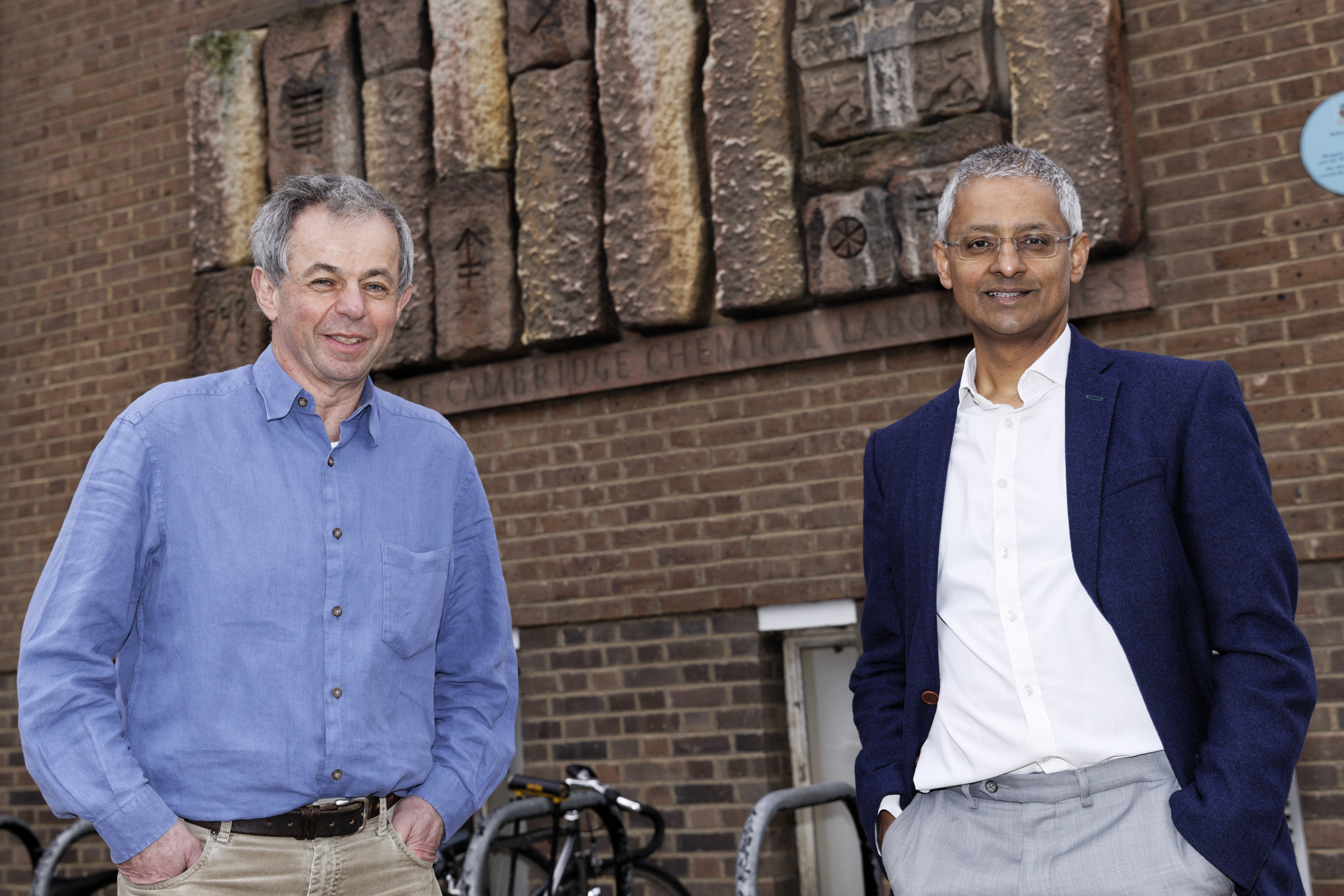Single-cell sequencing is making waves with many exciting developments over the last couple of years. Hardware is available from the companies like 10X Genomics, Fluidigm, Wafergen, BioRad (see GenomeWeb), RainDance (see GenomeWeb), Dolomite Bio. Chemistry for RNA and Genome sequencing such as SMART-Seq V4 and TruPrime, opens up all sorts of applications. And home-brew systems e.g. Drop-Seq mean labs can opt for a DIY solution.
My Top 5 challenges with single-cell sequencing
Almost anyone can get going on single-cell experiments, but many challenges remain in making this kind of work routine. Here I’ve listed the 5 areas I think are most challenging: Experimental design, isolating cells, molecular biology, analysis, and last, but unfortunately not least, costs.
- Designing experiments: most single-cell systems are affected by batch effects This is mainly due to a single sample being processed on the instrument. Hicks et al showed that of 8 papers published in 2014/15 where differential expression was assessed, that there was 82-100% confounding of biological condition with experimental batch. Better experimental design, and more replication will help. But also important will be developments on the hardware and consumables. Fludigm’s latest 800 cell chip allows a pair of samples to be run together, 10X allow 8 samples to be processed side-by-side…but we’ve a way to go before 96 samples are being processed in one batch.
- Isolating single cells: Single-cell experiments need single cell suspensions. But getting to single cells by dissociating tissue is tough (try using a FlowMi cell strainer), and those cells need to be carefully counted and diluted to a specific concentration of cells (try using the Countess from Life Tech).
- Molecular biology: Systems like 10X and Drop-Seq generate 3’mRNA-seq, which although somewhat limited, is a powerful assay for single-cell biology. Other platforms offer Total RNA-seq but require multi-step protocols that are difficult to run in a droplet. Genome Amplification is horribly biased and makes analysis of variants particularly difficult. However methods are developing almost as rapidly as they did in the early days of NGS so keep an eye out for novel applications in single-cells. If you are interested in single-cell DNA applications then I’d suggest you take a look at TruPrime’s TthPrimPol mix which appears to show much less bias than standard WGA.
- Analysing the data: A new suite of tools are required for single-cell analysis, and although many are adapted from bulk sample analysis methods, others need to be developed from scratch. Normalising gene expression when cells have different amounts of RNA inside them, requires spike-ins, but the varying amount of RNA means the ratio to spike-ins is also variable. Understanding the sensitivity and accuracy of the different methods is just beginning.
- High costs: There is no getting away from the expense of single-cell genomics experiments. Technology providers like to talk about costs per cell and $1 sounds great. But cost per sample are probably what you need to think about. A simple A vs B in triplicate at 1000 cells per sample is likely to cost >$5000.
I’m excited by the developments in the single-cell genomics field. It seems like the early days of microarrays and NGS where almost everyone was on the same page i.e. not really knowing exactly what the important things to focus on were. To help us, and our users, we’ll be starting a Cambridge single-cell club in January. We did something similar for NGS users and found this worked well. If you are based in Cambridge and you’d like to present a short overview of your single-cell experiences please get in touch…beer and pizza should make the event popular!








Hello there! This is my first comment here so I just wanted to give a quick shout out and tell you I truly enjoy reading through
your posts. Can you suggest any other blogs/websites/forums that go over
the same topics? Many thanks!
I’d reccomend http://omicsomics.blogspot.com, http://www.opiniomics.org, http://www.yuzuki.org, http://www.decibio.com/blog, http://bitesizebio.com, http://www.frontlinegenomics.com as a good list to keep an eye on.